Optimal Timing for Stipple Ceiling Removal
Determining the optimal time for stipple ceiling removals depends on various factors including weather conditions, indoor climate, and project scope. Proper timing can influence the quality of the removal process and reduce potential complications.
Spring and fall often provide mild temperatures ideal for interior work, minimizing issues related to humidity and temperature fluctuations.
Choosing a period with stable indoor humidity and temperature helps prevent cracking or damage during removal.
Scheduling during times with fewer external disruptions ensures the removal process proceeds smoothly and efficiently.
Avoid periods of extreme heat, cold, or high humidity to reduce the risk of material warping or adhesion problems.
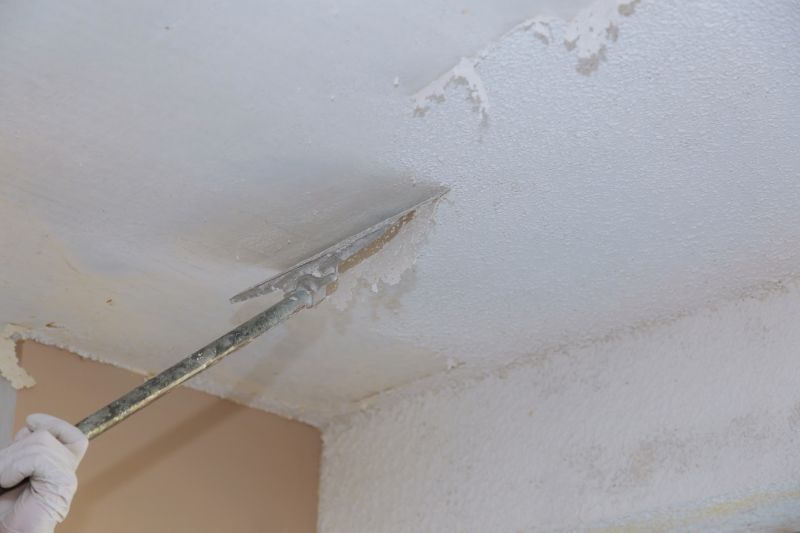
Spring offers moderate temperatures and lower humidity levels, ideal for stipple ceiling removal projects.
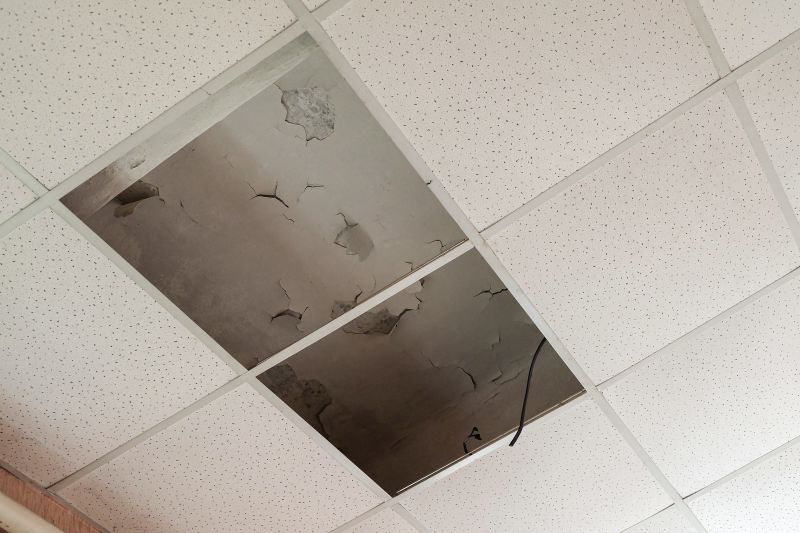
Maintaining stable indoor conditions during removal reduces risks of cracking or damage.
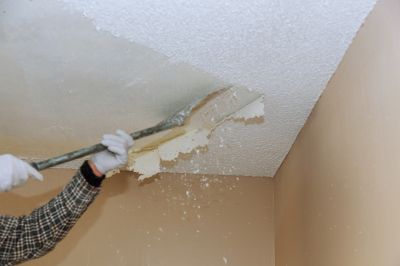
Scheduling during periods of contractor availability ensures timely completion.

Ways to make Stipple Ceiling Removals work in tight or awkward layouts.
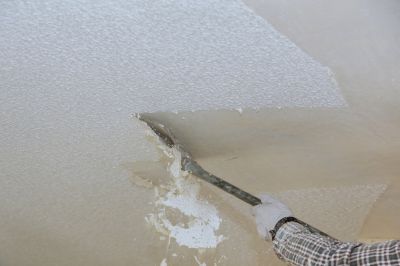
Popular materials for Stipple Ceiling Removals and why they hold up over time.

Simple add-ons that improve Stipple Ceiling Removals without blowing the budget.
| Factor | Recommended Timing |
|---|---|
| Temperature | Moderate (spring and fall) |
| Humidity | Low to moderate levels |
| Weather Conditions | Avoid extreme heat, cold, or rain |
| Contractor Availability | Off-peak seasons or scheduled periods |
| Indoor Stability | Periods with stable indoor climate |
Stipple ceiling removal involves the careful stripping of textured finishes from ceilings, often requiring specialized techniques and tools. The process can generate dust and debris, making timing crucial to minimize disruption and ensure safety. Proper planning and choosing the right season can lead to smoother execution and better results.
Statistics indicate that interior projects like stipple ceiling removals are most successfully completed during milder weather periods, with fewer delays caused by weather-related issues. Additionally, scheduling during off-peak contractor times can reduce costs and improve service availability.
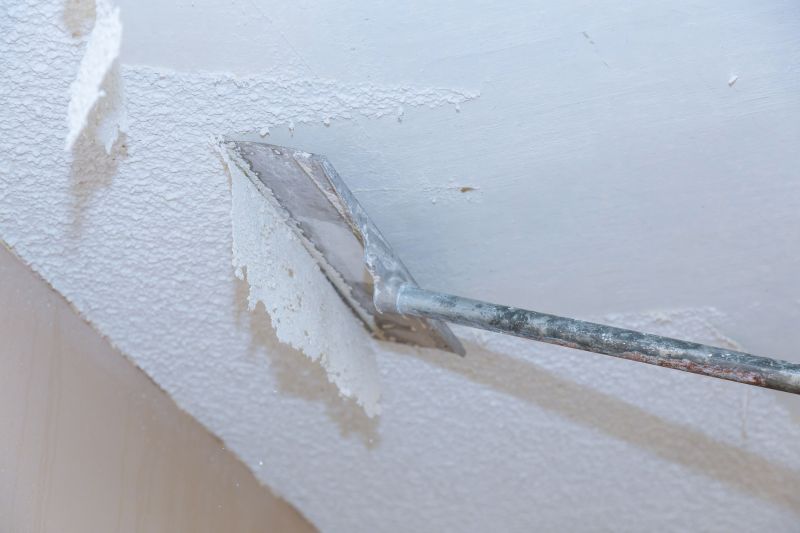
Using appropriate tools during the optimal season ensures efficient removal.
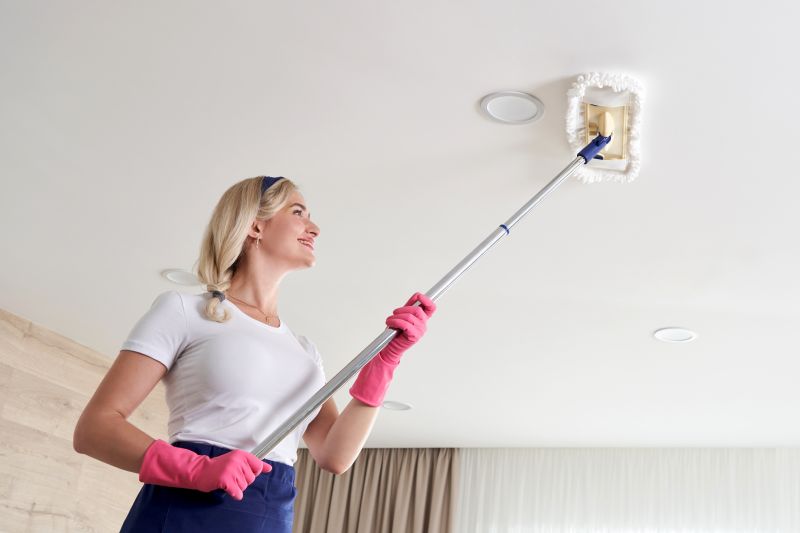
Proper containment measures are essential during removal, especially in controlled indoor climates.

Timing allows for smoother preparation for finishing or painting after removal.

Engaging experienced contractors during suitable seasons enhances safety and results.
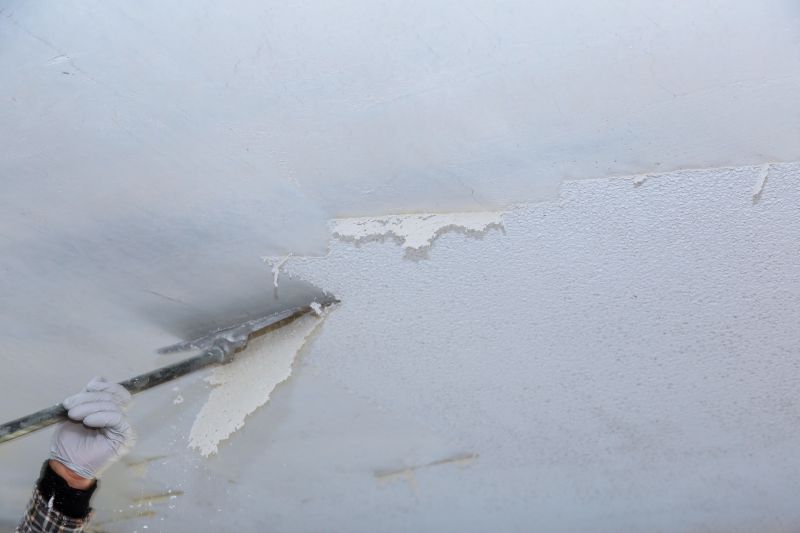
High-end options that actually feel worth it for Stipple Ceiling Removals.

Finishes and colors that play nicely with Stipple Ceiling Removals.

Little measurements that prevent headaches on Stipple Ceiling Removals day.
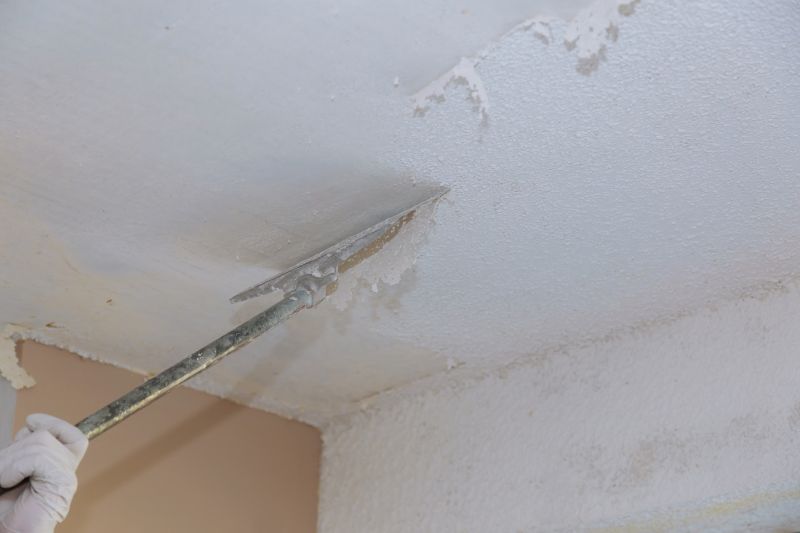
A 60-second routine that keeps Stipple Ceiling Removals looking new.
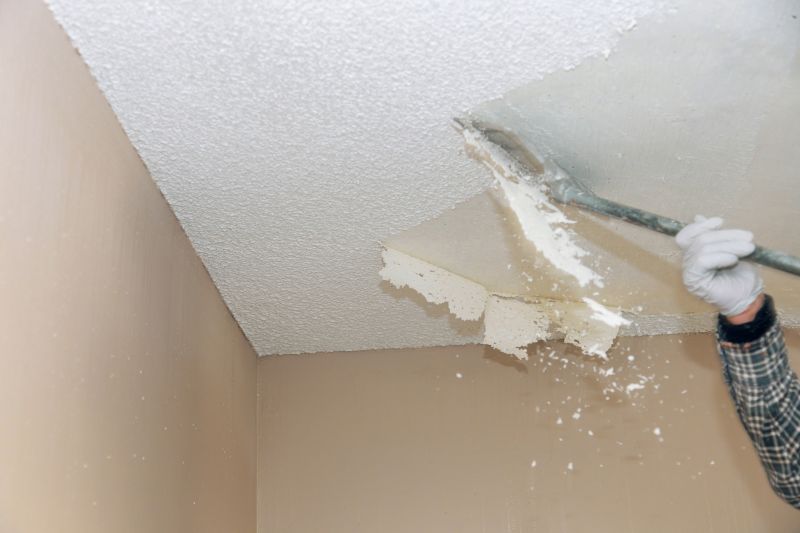
A frequent mistake in Stipple Ceiling Removals and how to dodge it.
Individuals considering stipple ceiling removal should evaluate seasonal weather patterns, indoor conditions, and contractor availability to select the most appropriate time. Proper timing can lead to a more efficient process, fewer complications, and a high-quality finished ceiling.
Interested parties are encouraged to contact for further information or to schedule a consultation regarding stipple ceiling removal services. Proper planning and timing are key components to achieving optimal results.
